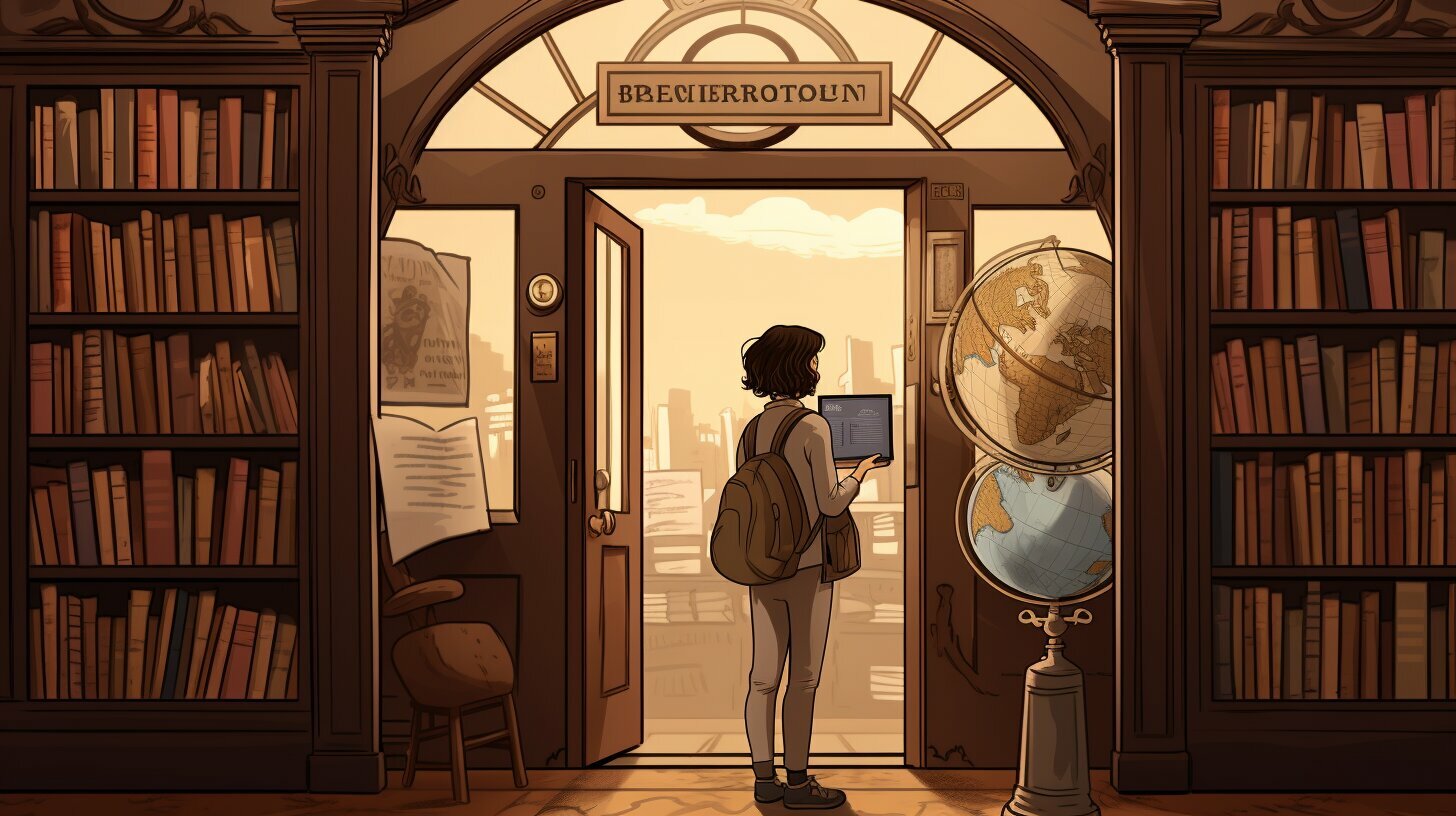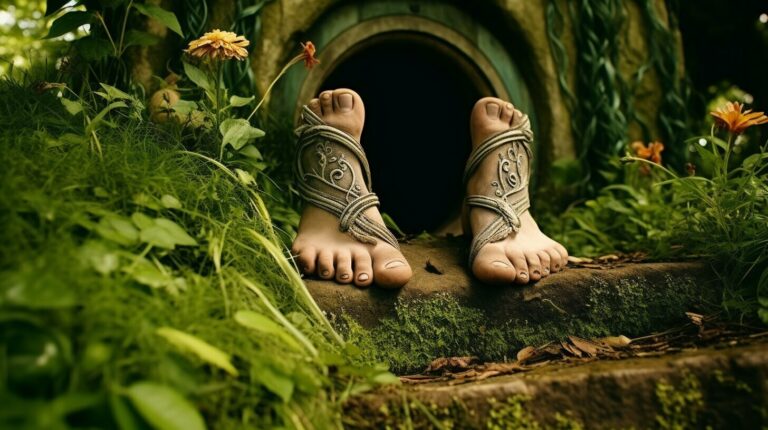Uncovering the Mystery: Why is it Called a Restroom?
Have you ever wondered why we refer to that small room containing a toilet and often a sink as a ‘restroom’? Let’s dive into the fascinating history and uncover the mystery behind this peculiar name.
Key Takeaways:
- The term “restroom” originated in America around 1900.
- “Restroom” is a euphemism commonly used in American English.
- Other terms for a private toilet include “bathroom,” “lavatory,” and “loo.”
- The use of the word “toilet” to refer to the room itself is considered blunt.
- The history of toilets and bathrooms dates back to ancient civilizations.
The Euphemism of “Restroom”
The term ‘restroom’ serves as a euphemism for the private toilet room, but what is the significance behind this name? Let’s explore its etymology and uncover the true meaning behind this commonly used term.
The word ‘restroom’ is believed to have originated in America around 1900. It refers to a small room containing a toilet and often a sink, where individuals can take a moment to refresh themselves. The use of this euphemism reflects societal norms and the desire for a polite and discreet way of referring to the facility.
“Restroom” is a more polite term compared to its alternatives like “toilet” or “loo”. It conveys a sense of comfort and relaxation while maintaining a level of decorum.
Other terms used to refer to a private toilet include “bathroom,” which is also commonly used in American English regardless of whether a bathtub or shower is present, and “lavatory” or “loo,” which are more commonly used in the United Kingdom.
Throughout history, the evolution of toilets and bathrooms has played a significant role in the development of the term “restroom.” Ancient civilizations had different ways of attending to personal hygiene, but it was not until the late 19th and early 20th centuries that modern indoor toilets became common.
| Term | Definition |
|---|---|
| Restroom | A small room containing a toilet and often a sink, used as a euphemism for a private toilet. |
| Bathroom | A room equipped with a bathtub, shower, or toilet. |
| Lavatory | An alternative term for a toilet or a room with washing facilities. |
| Loo | A British term for a toilet. |
The design and features of a toilet room can vary, but it often includes a toilet, sink, mirror, and storage for cleaning supplies. So next time you use a restroom, take a moment to appreciate the subtle and courteous choice of terminology. Now you know the true meaning behind this commonly used term.
Alternatives to “Restroom”
While ‘restroom’ is a common term used in America, other countries and regions have different names for the private toilet. Let’s take a closer look at alternatives like ‘bathroom,’ ‘lavatory,’ and ‘loo,’ as well as the historical reasons behind these different names.
In American English, the term ‘bathroom’ is often used interchangeably with ‘restroom,’ regardless of whether or not a bathtub or shower is present. This can be confusing for non-native English speakers, as the term ‘bathroom’ typically refers to a room containing bathing facilities. However, in the United States, it has become a widely accepted euphemism for the private toilet.
In the United Kingdom, ‘lavatory’ and ‘loo’ are more commonly used to refer to the private toilet. ‘Lavatory’ comes from the Latin word ‘lavare,’ which means ‘to wash,’ emphasizing the importance of cleanliness in these facilities. Meanwhile, ‘loo’ is believed to have originated from the French word ‘lieux,’ meaning ‘place.’ It gradually became a commonly used term in British English.
| Term | Origin | Meaning |
|---|---|---|
| Restroom | American English | Euphemism for the private toilet |
| Bathroom | American English | Often used to refer to the private toilet, regardless of the presence of bathing facilities |
| Lavatory | British English | Derived from the Latin word ‘lavare,’ meaning ‘to wash’ |
| Loo | British English | Believed to have originated from the French word ‘lieux,’ meaning ‘place’ |
The use of different names for the private toilet can be attributed to historical, cultural, and linguistic factors. These variations reflect the diversity of language and communication across different regions and societies. So, the next time you need to find a place to relieve yourself, remember that the term used may vary depending on where you are!
Evolution of Toilets and Bathrooms
To fully understand the significance of the term ‘restroom,’ we must trace back the history of toilets and bathrooms, from their origins in ancient civilizations to the widespread usage of modern indoor toilets. Let’s explore this evolution and also examine the common design and features found in a typical toilet room.
Throughout history, societies have developed various methods for managing human waste. Ancient civilizations, such as the Indus Valley and Roman Empire, had sophisticated sanitation systems that included communal toilets and sewage systems. These early toilets were often public and shared by multiple individuals, reflecting the communal nature of ancient societies.
As technology advanced, so did the concept of private toilets. In the late 19th and early 20th centuries, indoor plumbing became more prevalent, leading to the rise of modern indoor toilets. This development allowed people to have a private space for their personal needs, leading to the need for a new term to refer to these private facilities. Hence, the term “restroom” emerged, emphasizing the idea of a place where one can find comfort and relaxation.
| Design and Features of a Toilet Room |
|---|
| 1. Toilet: A fixture designed for the disposal of human waste. This can include various types such as flush toilets, squat toilets, or bidets. |
| 2. Sink: A facility for handwashing, often located near the toilet. It promotes hygiene and cleanliness. |
| 3. Mirror: A reflective surface placed above the sink, allowing individuals to check their appearance and maintain personal grooming. |
| 4. Storage: Cabinets or shelves to keep cleaning supplies, toiletries, and other essentials within easy reach. |
These are some of the common design elements and features found in a typical toilet room. However, it’s important to note that the specific design and features can vary depending on cultural preferences and individual preferences for comfort and convenience.
Conclusion
After this enlightening journey into the world of words, we now understand why it is called a ‘restroom.’ This euphemistic term, rooted in American English and dating back to around 1900, continues to be the preferred name for a private toilet room. The linguistic evolution and cultural context surrounding this term leave no doubt as to its significance in our everyday lives.
The term “restroom” serves as a polite and indirect way to refer to a facility where one can find relief or take a moment to rest. Its origins lie in the acknowledgment of the need for privacy and comfort in intimate moments. This term has become deeply ingrained in our language, reflecting societal norms and sensitivities.
Though other terms like “bathroom,” “lavatory,” and “loo” exist, “restroom” remains the most widely used in American English. Its popularity can be attributed to its more neutral and non-specific connotation, allowing it to encompass a variety of facilities that may or may not include bathing amenities.
The history of toilets and bathrooms has further shaped our understanding and usage of the term “restroom.” From ancient civilizations to the modern-day, the evolution of these facilities has influenced the language we use to describe them. Today, a typical restroom may include a toilet, sink, mirror, and storage for cleaning supplies, reflecting the functionality and convenience we have come to expect.
FAQ
Why is it called a restroom?
The term “restroom” originated in America around 1900. It is believed to be a euphemism commonly used to refer to a small room containing a toilet and often a sink.
What is the meaning of the term “restroom”?
The term “restroom” is a euphemism that is commonly used in American English. It refers to a small room containing a toilet and often a sink.
Are there any other names for a private toilet?
Yes, other names for a private toilet include “bathroom,” which is used regardless of whether a bathtub or shower is present, and “lavatory” or “loo,” which are more commonly used in the United Kingdom.
What is the history of toilets and bathrooms?
The history of toilets and bathrooms dates back to ancient civilizations, with modern indoor toilets becoming common in the late 19th and early 20th centuries. The design and features of a toilet room can vary, but it often includes a toilet, sink, mirror, and storage for cleaning supplies.





